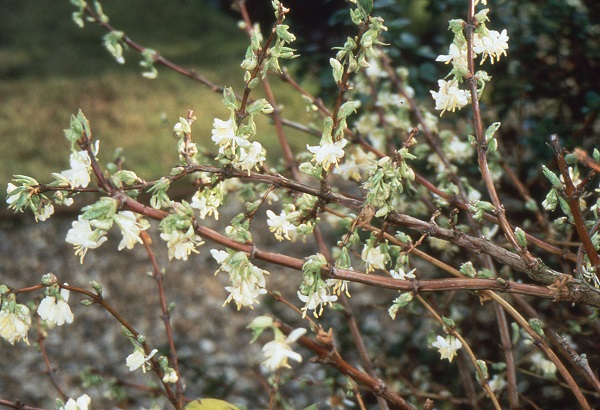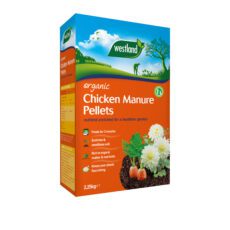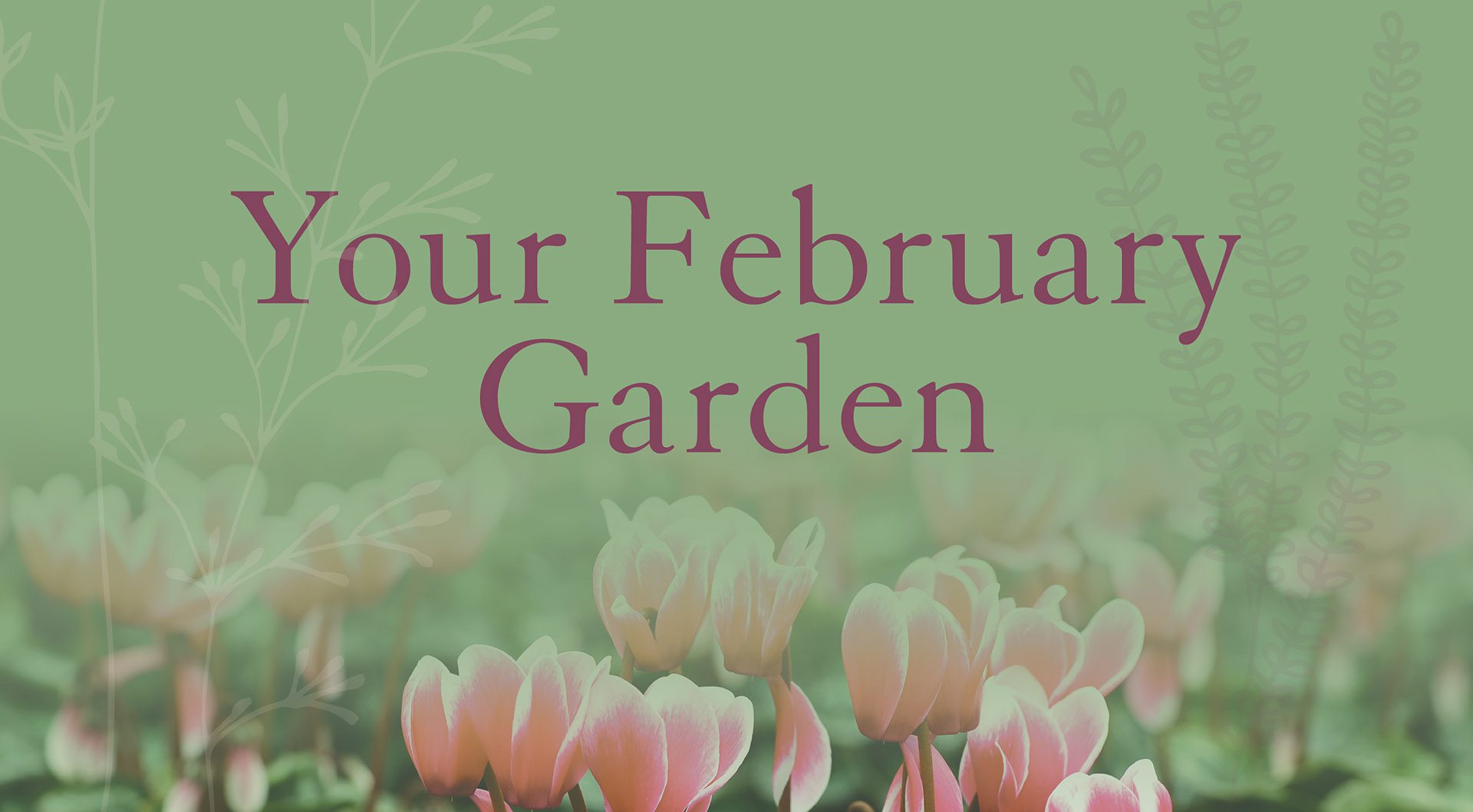As daylight hours drop and the temperature falls, activity in the garden increasingly involves cosying up inside and dreaming about New Year plans. Nevertheless you can still enjoy plants on winter walks, some core gardening winter activities plus vegetables to harvest for warming soups and casseroles.
To help your winter gardening jobs, we have created a winter checklist with activities to do this season and helpful advice from Hillier experts. Read, download and bookmark or print the checklist below.
Download Your Winter Garden ChecklistYour Winter Gardening Checklist
Planting in winter
- The winter garden can bring beautiful flower, foliage and scent. Some shrubs including Sarcococca and Viburnum x bodnantense ‘Dawn’ have beautiful aromas. Position near a path or doorway to bring a delightful fragrance and instant impact into your winter garden.
- Trees can survive when planted all through winter, including fruit trees, so long as the ground isn’t frozen.

Pruning in winter
- Prune your wisteria, cutting back any new shoots from the summer to two or three buds.
- Prune apple and pear trees.
- Deadhead winter bedding, such as pansies and violas to encourage prolonged flowering.
- Towards the end of the season, prune winter flowering shrubs that have finished flowering, like winter flowering Jasmine.
- In late February, prune summer flowering clematis varieties.
Frost protection
- Be prepared for frosts. If you have lifted and stored plants in your greenhouse, check that the greenhouse heaters are working. A number of plants, including tree ferns, cordyline and olives really need extra protection in very cold weather so have horticultural fleece on standby. It is not advisable to leave horticultural fleece on all winter.
- Make sure any pots are standing on pot feet to protect them from frost damage. This will stop the roots becoming waterlogged. Plants in pots are more susceptible to cold weather and may need fleecing. Do so even if they wouldn’t ordinarily when growing in the ground.
- Wrap grease bands around fruit trees to prevent overwintering winter moth.
Harvesting in winter
- A number of delicious vegetables should be ready to harvest in the winter months. These will include leeks, parsnips, kale, rocket and not forgetting the Brussels sprouts for your Christmas dinner!
- Some vegetables can be planted outdoors in February under a cloche. Beetroot, chicory, radishes, spinach, lettuce and early turnip are a few varieties
- Start chitting seed potatoes in February.
Maintenance in winter
- Continue to clear patches of fallen leaves across your lawn and borders. Raking up leaves is good for your lawn health. In your flower beds there should be a balance between plants and animal welfare. Obviously raking up leaves is good for plant health, but is not so good for overwintering insects and birds like thrushes and blackbirds.
- Leave your grass to grow longer in winter to reduce moss build up. In the event of frosts or snow, avoid trampling on your lawn too much (although the possibility of building a small snowman is irresistible!)
Preparing for spring
- February is the ideal month to prepare your beds for spring sowing. Clear weeds and stones, dig over and incorporate plenty of compost or well rotted manure. In this case, clean cloches and set in place so they can warm the soil.








